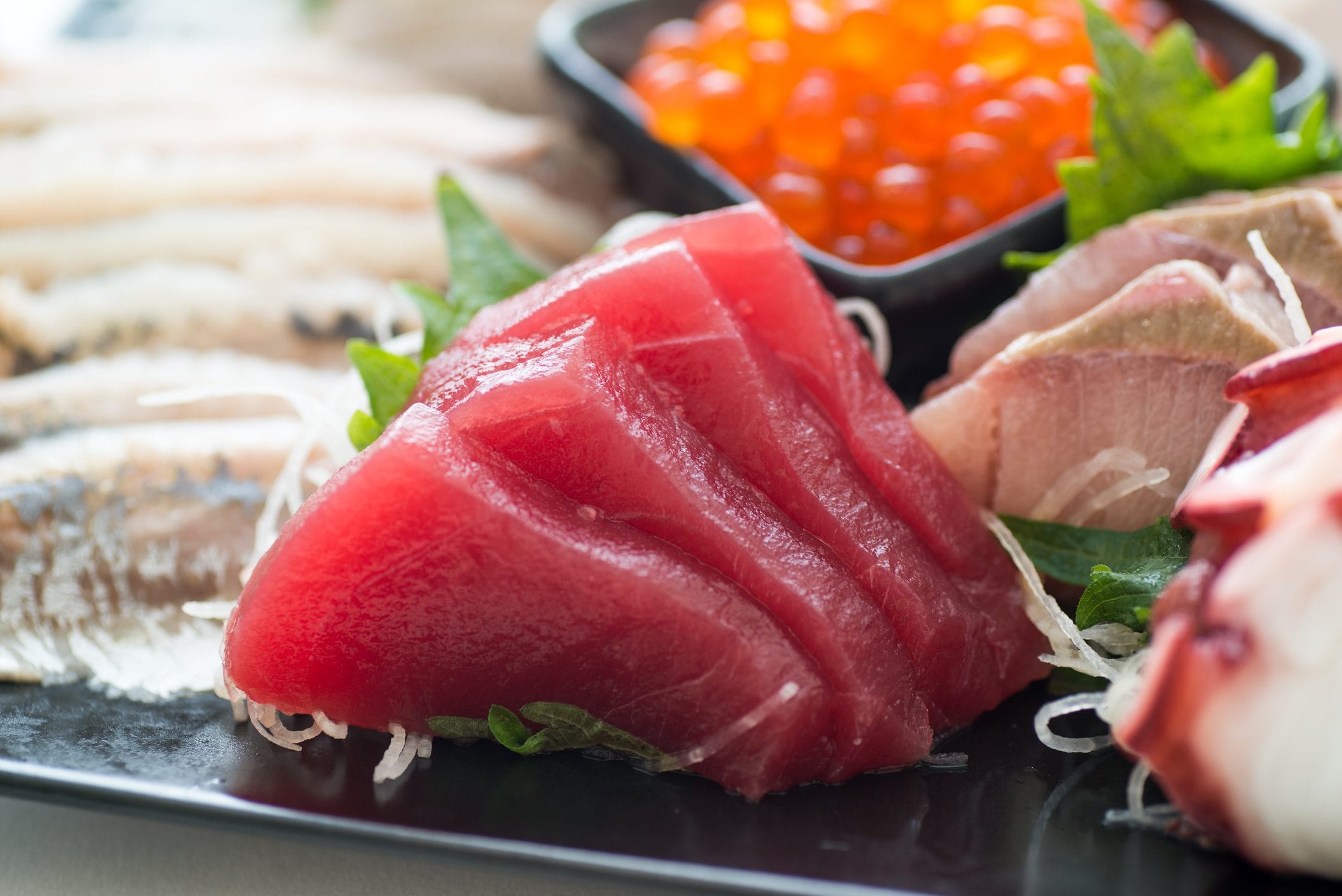The Truth About Mercury Levels in Tuna: What You Need to Know
If you love tuna then you must consider possible mercury contamination before consumption. Mercury contamination in tuna is nearly unavoidable thus the importance of understanding the risks associated with eating tuna and practical safety tips. Read ahead to learn about this phenomenon so that you can make informed choices on your next trip to the fish market.

Tuna is commonly enjoyed in various ways and across different cultures around the world. Still, there is rising concern about the levels of mercury found in this fish. Mercury contamination in seafood, particularly tuna, is a significant concern for consumers. In this article, we will explore the realities of mercury in tuna, including its sources, associated risks, and safety measures that you can practice before consumption.
Why is Mercury in Tuna?

Mercury is a naturally occurring heavy metal that serves industrial and medical purposes. However, it is also known to be a potent neurotoxin that poses significant health risks to humans and wildlife when released into the environment.
As mercury is a naturally occurring element that can be found in the environment, including oceans where fish like tuna reside, special care must be taken when consuming the fish. Tuna, being a large predatory fish, can accumulate mercury over time through its diet and habitat.
Mercury Levels in Tuna
Mercury levels in tuna can vary depending on factors such as species, size, and location. For instance, larger and longer-lived species like bluefin tuna, bigeye tuna and albacore tuna tend to have higher mercury levels compared to smaller species. Therefore, you must be aware of and consider these variations when making your purchase at the fish market.

High Mercury Levels Pose Health Risks
Exposure to mercury, particularly through contaminated food sources like tuna and, essentially all seafood, can lead to severe health problems. Pregnant women, nursing mothers, and young children are particularly vulnerable to the harmful effects of mercury exposure, emphasizing the importance of understanding and mitigating its risks in the environment and food chain.
According to food safety experts, mercury exposure is closely linked to neurological and developmental issues, underscoring the importance of monitoring intake levels.
Safety Measures for Consumption
To minimize the risk of mercury exposure from tuna consumption, it is recommended to choose smaller species, limit how frequently you eat it, and opt for canned tuna labeled as "light" or "chunk light," which generally contain lower mercury levels. If you are pregnant or preparing meals for pregnant women and young children, it is advised to steer clear of larger sized tuna altogether.

Conclusion
You can continue to enjoy tuna as part of a balanced diet as long as you are aware of the possible risks involved and implement safety measures. With informed decision-making, you can mitigate potential health risks and savor the nutritional benefits of tuna. If you are worried about the mercury poisoning, try other fish and shellfish that are lower in mercury such as salmon, trout, tilapia, cod, sole, sardines, shrimp, and oysters.




